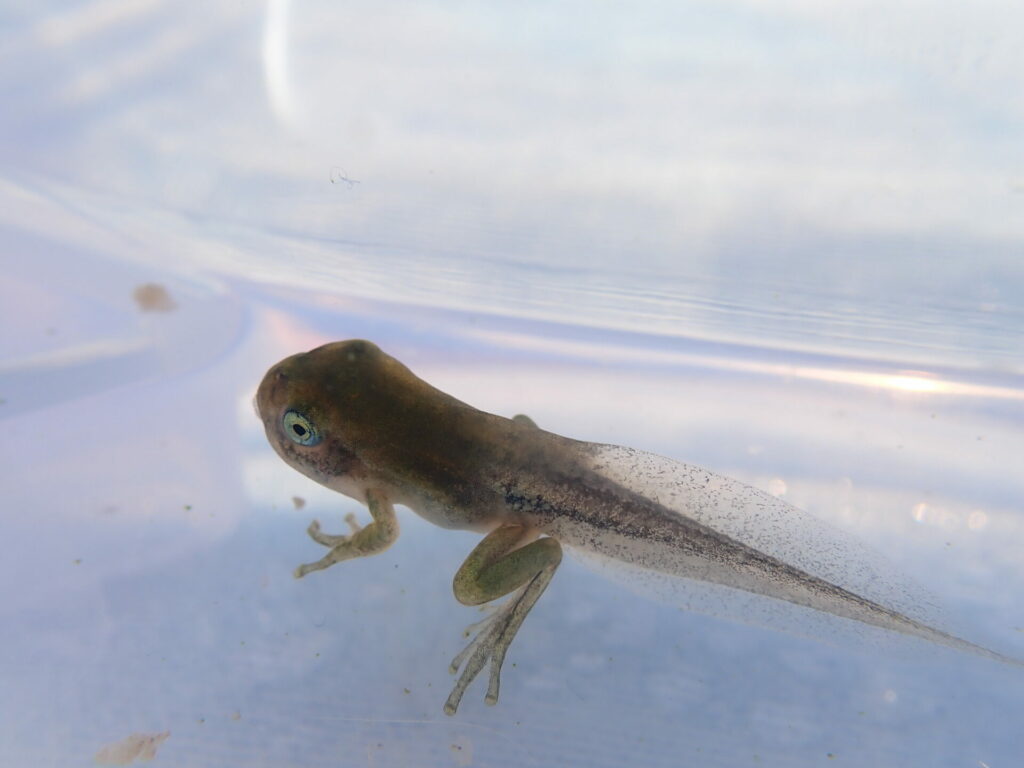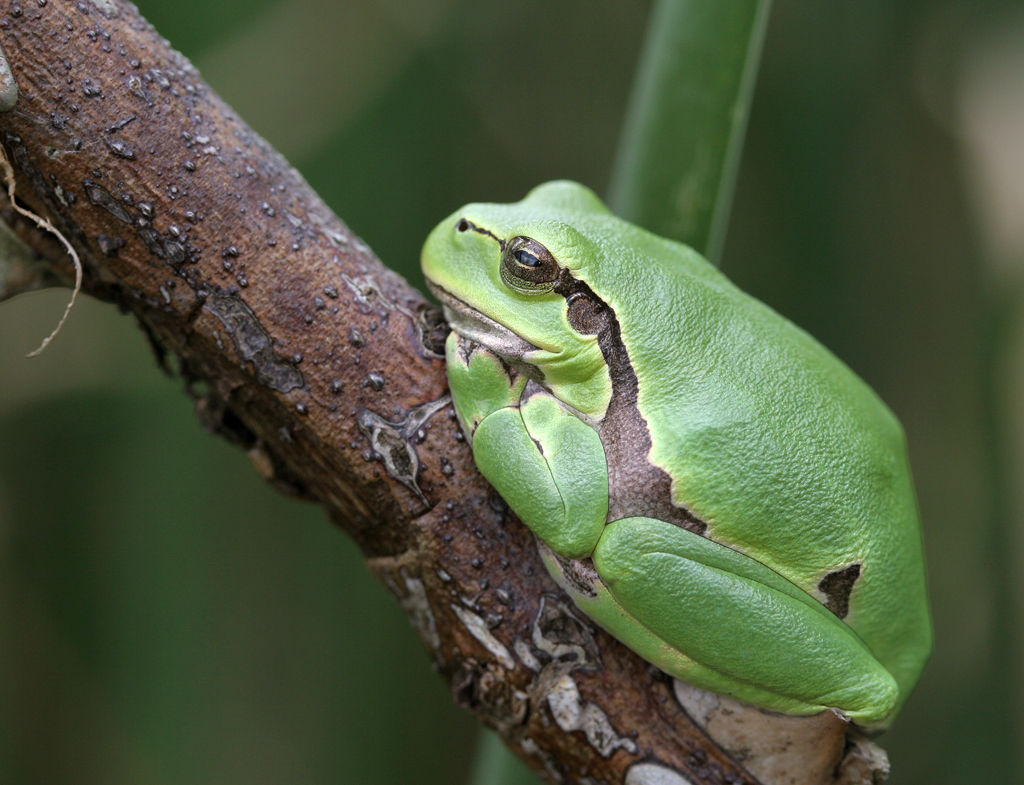In a landmark event for Belgian naturalists, some three hundred green tree frogs were released in the state nature reserve "Haut-Brûlé" in Marche-en-Famenne recently. Ponds were dug there so the frogs have a favourable environment to live in and reproduce.
This type of biotope had unfortunately disappeared towards the end of the 1980s with the change in agricultural practices, leading to the disappearance of this small frog, which is barely three or four centimetres in size.
"It spends eleven months of the year on land, but one month a year it needs ponds to reproduce," Charles Carels, a volunteer with the environmental association Natagora who helped with the creation of the ponds and the release of frogs, said.
No easy task
Reintroducing a species into the wild is an exceptional process and subject to many rules. Natagora had to submit an application to the Walloon Region with a whole file outlining the project.
"We must not waste rare biological material, they are endangered species," Philippe Goffart, a scientific attaché at the Department of Study of the Natural and Agricultural Environment of the Walloon Region, said. "Nor can animals be detained and transported spontaneously. There is legislation to be respected."
Carels said it took them two years to complete the file, which included looking for the appropriate environment.

Credit: Aurélie Robise / Natagora
"Before reintroducing, it is necessary to know the reasons why the species has disappeared and to verify that this has been corrected," he said. "If this is not the case, it is not worth pursuing as the project could fail."
To carry out its project Natagora received logistical help from animal parks and their staff, such as the Domain of the Caves of Han, which donated four thousand eggs.
Related News
- Under threat: Belgium’s fire salamander population
- Brussels residents demand more biodiversity with 40,000 signatures
- Three Brussels organisations receive WWF local funds to protect nature
"We received the eggs, made them hatch and brought them to their metamorphosis until they could return today to their natural environment," Etienne Brunel, animal manager of the estate said. "We have achieved exceptional results and have raised two thousand frogs. In nature, 95% of these would have disappeared."
Future of the population
Loïc Vandooren of the Flemish Research Institute for Nature and Forests said the frogs had almost disappeared in Flanders with only a few individuals left ten years ago. Now the population is increasing because of the action the institute took by digging ponds.
It takes three to four years for this frog to reach adulthood and be able to reproduce. This is why captive breeding and releases into the wild will continue in 2023 and 2024. Four sites have been selected: three in Famenne and one in Gaume. Several thousand frogs will be reintroduced. If the experiment is successful, the green tree frog could be reintroduced at other sites.
Natagora volunteers will continue to monitor their evolution in their natural environment. The interest of reintroducing this species is not only to be able to observe this small green frog in its natural environment.
"This project is much more ambitious than the simple reintroduction of an extinct species," Carels said in a press release. "We hope that the return of this amphibian will reinforce large-scale initiatives to protect the aquatic and terrestrial environments that the tree frog is particularly fond of. This would be of benefit to a multitude of plants and animals that may be less spectacular but are just as essential to biodiversity."

